Tranquebar
A Place of cultural Exchange
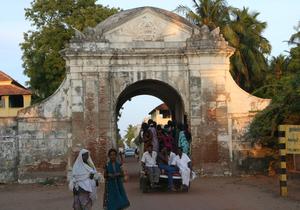
Tranquebar – or Tharangampadi – is a village on the coast of Coromandel in south India with an intriguing intercultural history documented in historical buildings, rich archival sources, old and new ethnographic collections, and a series of recent studies from the Tranquebar Initiative of the National Museum of Denmark.
Read more about Tranquebar
Danish Era 1620-1845
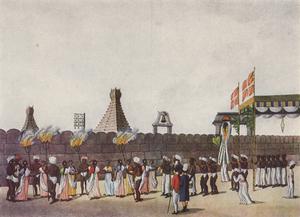
During the Danish rule that lasted more than 200 years, Tranquebar was a place of continuous cultural encounters between Indian and European customs, ideas, religions, art, architecture, and administrative norms. Tranquebar was by no means an isolated European spot in Indian surroundings, rather, it was chiefly an Indian village with a small, but powerful European elite.
Read more about the Danish Era
Ethnographic Studies
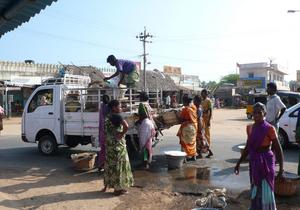
Modern day Tharangampadi – or Tranquebar - is a medium-sized Indian village of around 7000 inhabitants involved in a series of trades with fishing as the main occupation. The majority of the population belongs to the Hindu community of fishers. Other large groups include Dalit, Christian, and Muslim communities of different occupations.
Read more about ethnographic studies
Schools, Missionaries and Book Printing
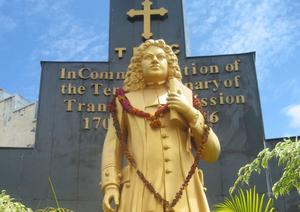
In 1706, two missionaries Bartholomæus Ziegenbalg and Heinrich Plütschau arrived in Tranquebar. They founded the first organized missionary undertaking in the history of the Protestant Church. An effective school system was established along with a printing press that came to play a decisive role in the dissemination of printed Tamil literature.
Read more about schools, missionaries and book printings
Collections in the National Museum of Denmark
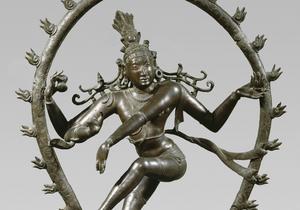
The National Museum contains large collections of old but also more recent artefacts, sketches, maps, photos, and films from Tranquebar and its nearby surroundings. During the Danish era in Tranquebar, a large number of the items were brought to Denmark as private collections by retired colonial officers and missionaries.
Read more about collections in the National Museum
Governor’s Residence and inter-cultural heritage
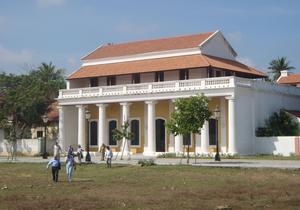
From 1784 to 1845, a large, stately house served as the official residence of the Danish governor. Since 1985, the building is owned by the Tamil Nadu State. Thanks to a large private donation, the building was thoroughly restored in 2011 and ready to house a planned Cultural Centre in Tranquebar run by Indian authorities.
Read more about the Governor's Residence and inter-cultural heritage
Publications (2004-2016)
Publications from the Tranquebar Initiative of the National Museum 2004-2016
Read more about publications
Films and web-based educational material
From the Tranquebar Initiative of the National Museum (2004-2016)
Read more about films and web-based educational material
Links
Links for e-resources on Tranquebar
Read more about links for e-resources on Tranquebar
Text: Professor Esther Fihl and Research Assistant Caroline Lillelund, 2015
Web design and supervision: Assistant Curator Bente Gundestrup
Language editing: Research Assistant Manasa Bollempali

